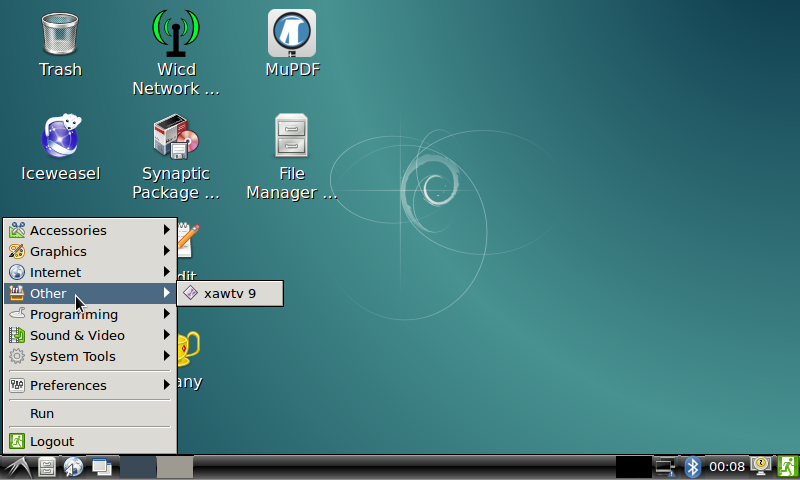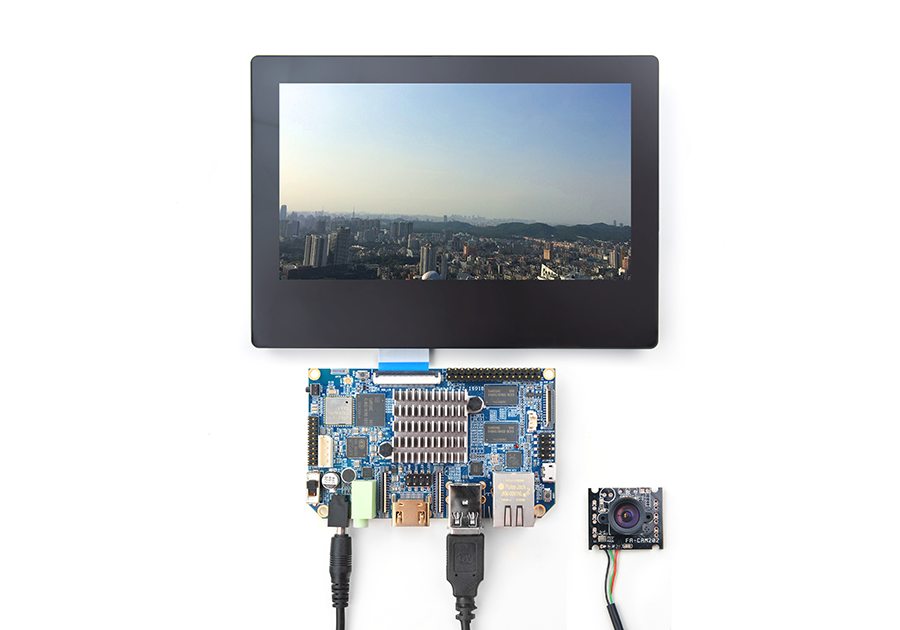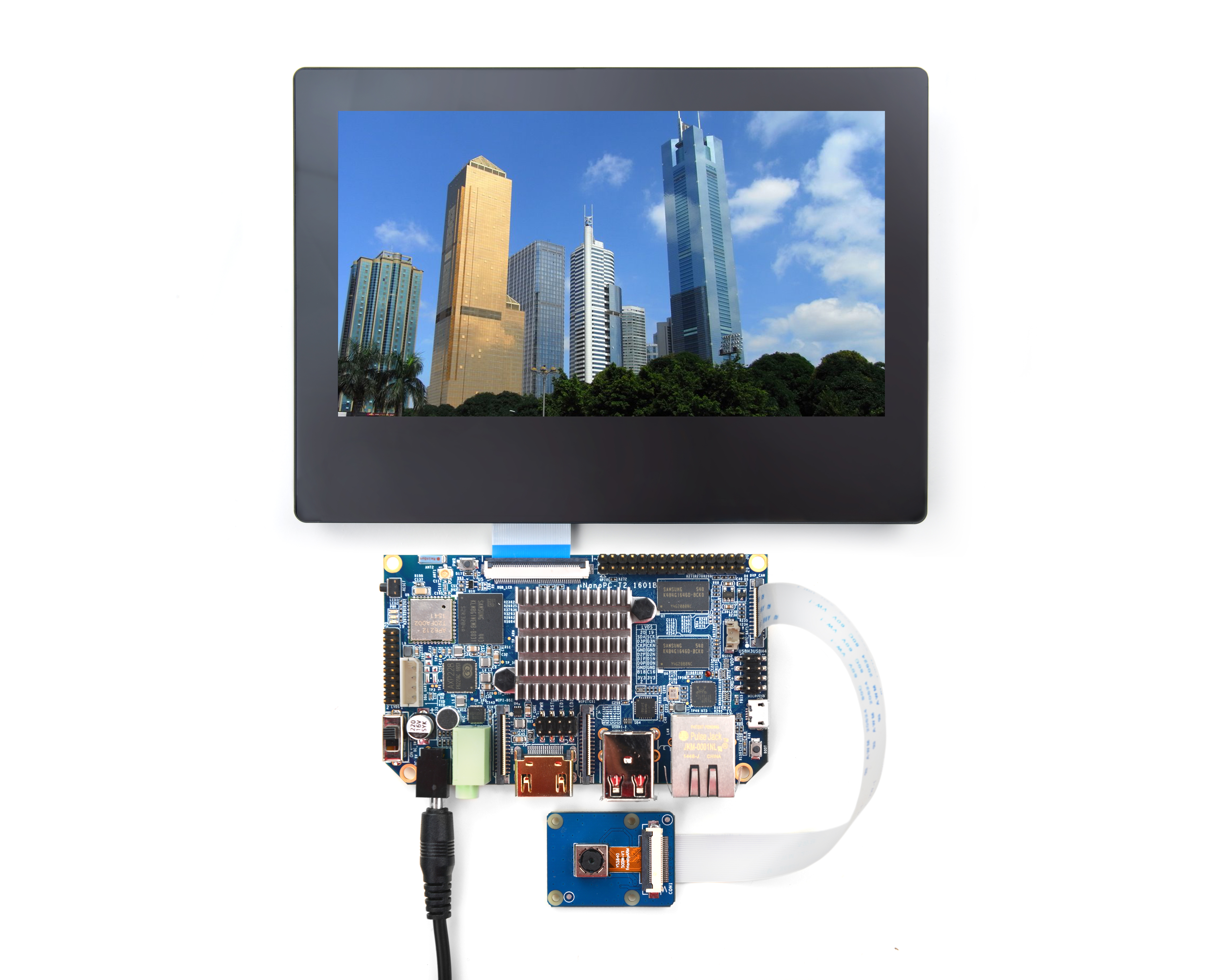Difference between revisions of "Template:S5P4418Software"
(updated by API) |
(updated by API) |
||
| Line 11: | Line 11: | ||
</syntaxhighlight> | </syntaxhighlight> | ||
| − | |||
| − | |||
| − | |||
| − | |||
| − | |||
| − | |||
| − | |||
| − | |||
| − | |||
| − | |||
| − | |||
| − | |||
| − | |||
| − | |||
| − | |||
| − | |||
| − | |||
| − | |||
| − | |||
| − | |||
| − | |||
| − | |||
| − | |||
| − | |||
| − | |||
| − | |||
| − | |||
| − | |||
| − | |||
| − | |||
| − | |||
| − | |||
| − | |||
| − | |||
| − | |||
| − | |||
| − | |||
| − | |||
| − | |||
| − | |||
| − | |||
| − | |||
| − | |||
| − | |||
| − | |||
| − | |||
| − | |||
| − | |||
| − | |||
| − | |||
| − | |||
| − | |||
| − | |||
| − | |||
| − | |||
| − | |||
| − | |||
| − | |||
| − | |||
| − | |||
| − | |||
| − | |||
| − | |||
| − | |||
| − | |||
| − | |||
| − | |||
| − | |||
| − | |||
| − | |||
| − | |||
| − | |||
| − | |||
| − | |||
| − | |||
| − | |||
| − | |||
| − | |||
| − | |||
| − | |||
| − | |||
| − | |||
| − | |||
| − | |||
| − | |||
| − | |||
| − | |||
| − | |||
| − | |||
| − | |||
| − | |||
| − | |||
| − | |||
| − | |||
| − | |||
| − | |||
| − | |||
| − | |||
| − | |||
| − | |||
| − | |||
| − | |||
| − | |||
| − | |||
| − | |||
| − | |||
| − | |||
| − | |||
| − | |||
| − | |||
| − | |||
| − | |||
| − | |||
| − | |||
| − | |||
| − | |||
| − | |||
| − | |||
| − | |||
| − | |||
| − | |||
==Ubuntu-Core with Qt-Embedded== | ==Ubuntu-Core with Qt-Embedded== | ||
| Line 539: | Line 418: | ||
==More OS Support== | ==More OS Support== | ||
| − | |||
| − | |||
| − | |||
| − | |||
| − | |||
| − | |||
| − | |||
| − | |||
| − | |||
| − | |||
| − | |||
| − | |||
| − | |||
| − | |||
| − | |||
| − | |||
| − | |||
| − | |||
| − | |||
| − | |||
| − | |||
| − | |||
| − | |||
| − | |||
| − | |||
| − | |||
| − | |||
| − | |||
| − | |||
| − | |||
| − | |||
| − | |||
| − | |||
| − | |||
| − | |||
| − | |||
| − | |||
| − | |||
| − | |||
| − | |||
| − | |||
| − | |||
| − | |||
| − | |||
| − | |||
| − | |||
| − | |||
| − | |||
| − | |||
| − | |||
| − | |||
| − | |||
| − | |||
| − | |||
| − | |||
| − | |||
| − | |||
| − | |||
| − | |||
| − | |||
| − | |||
| − | |||
| − | |||
| − | |||
===OpenMediaVault=== | ===OpenMediaVault=== | ||
A very warm hearted member: Volker Theile from openmediavault got OMV3 running on our NanoPC-T2. Here is a reference link: <br/> | A very warm hearted member: Volker Theile from openmediavault got OMV3 running on our NanoPC-T2. Here is a reference link: <br/> | ||
| Line 608: | Line 423: | ||
==Source Code and Image Files Download Links== | ==Source Code and Image Files Download Links== | ||
| − | * Image File: [ | + | * Image File: [http://dl.friendlyarm.com/] |
* Source Code: [https://github.com/friendlyarm] | * Source Code: [https://github.com/friendlyarm] | ||
Revision as of 03:30, 21 December 2017
Contents
1 Login to Debian via VNC or SSH
If your NanoPC-T2 is not connected to a display device and your board runs the "-wifiap.img" image you can login to your NanoPC-T2's nanopi2-wifiap(the default password is "123456789") via a mobile phone. You can download and install a "VNC Viewer" from here on a mobile phone and login to the NanoPC-T2 via VNC. Its default password is "fa123456".
Here is a screenshot which shows how it looks like when users login to the NanoPC-T2 from an iPhone via VNC:
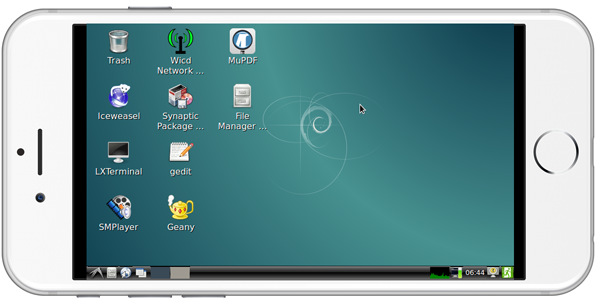
You can login via "SSH -l root 192.168.8.1" the default password for "root" is "fa"
To make SSH session run faster turn off the WiFi's power saving mode by using the following command:
iwconfig wlan0 power off
2 Ubuntu-Core with Qt-Embedded
2.1 Introduction
Ubuntu Core with Qt-Embedded is a light Linux system without X-windows. It uses the Qt-Embedded's GUI and is popular in industrial and enterprise applications.
Besides the regular Ubuntu core's features our Ubuntu-Core has the following additional features:
- it supports our LCDs with both capacitive touch and resistive touch(S700, X710, S70)
- it supports WiFi
- it supports Ethernet
- it supports Bluetooth and has been installed with bluez utilities
- it supports audio playing
For more details refer to Ubuntu Core with Qt-Embedded.
3 Make Your Own OS Image
3.1 Install Cross Compiler
Download the compiler package:
git clone https://github.com/friendlyarm/prebuilts.git sudo mkdir -p /opt/FriendlyARM/toolchain sudo tar xf prebuilts/gcc-x64/arm-cortexa9-linux-gnueabihf-4.9.3.tar.xz -C /opt/FriendlyARM/toolchain/
Then add the compiler's directory to "PATH" by appending the following lines in "~/.bashrc":
export PATH=/opt/FriendlyARM/toolchain/4.9.3/bin:$PATH export GCC_COLORS=auto
Execute "~/.bashrc" to make the changes take effect. Note that there is a space after the first ".":
. ~/.bashrcThis compiler is a 64-bit one therefore it cannot be run on a 32-bit Linux machine. After the compiler is installed you can verify it by running the following commands:
arm-linux-gcc -v Using built-in specs. COLLECT_GCC=arm-linux-gcc COLLECT_LTO_WRAPPER=/opt/FriendlyARM/toolchain/4.9.3/libexec/gcc/arm-cortexa9-linux-gnueabihf/4.9.3/lto-wrapper Target: arm-cortexa9-linux-gnueabihf Configured with: /work/toolchain/build/src/gcc-4.9.3/configure --build=x86_64-build_pc-linux-gnu --host=x86_64-build_pc-linux-gnu --target=arm-cortexa9-linux-gnueabihf --prefix=/opt/FriendlyARM/toolchain/4.9.3 --with-sysroot=/opt/FriendlyARM/toolchain/4.9.3/arm-cortexa9-linux-gnueabihf/sys-root --enable-languages=c,c++ --with-arch=armv7-a --with-tune=cortex-a9 --with-fpu=vfpv3 --with-float=hard ... Thread model: posix gcc version 4.9.3 (ctng-1.21.0-229g-FA)
3.2 Compile U-Boot
Download the U-Boot source code and compile it. Note that the github's branch is nanopi2-lollipop-mr1:
git clone https://github.com/friendlyarm/uboot_nanopi2.git cd uboot_nanopi2 git checkout nanopi2-lollipop-mr1 make s5p4418_nanopi2_config make CROSS_COMPILE=arm-linux-
After your compilation succeeds a u-boot.bin will be generated. If you want to test it flash it to your installation SD card via fastboot. Here is how you can do it:
1) On your host PC run "sudo apt-get install android-tools-fastboot" to install the fastboot utility;
2) Connect your NanoPC-T2 to your host PC via a serial cable (e.g. PSU-ONECOME). Press the enter key within two seconds right after you power on your NanoPC-T2 and you will enter uboot's command line mode;
3) After type in "fastboot" and press "enter" you will enter the fastboot mode;
4) Connect your NanoPC-T2 to this host PC via a microUSB cable and type in the following command to flash u-boot.bin:
fastboot flash bootloader u-boot.bin
Warning: you cannot update this SD card by commanding "dd". This command will cause trouble when booting the NanoPC-T2.
3.3 Prepare mkimage
You need the mkimage utility to compile a U-Boot source code package. Make sure this utility works well on your host before you start compiling a uImage.
You can install this utility by either commanding "sudo apt-get install u-boot-tools" or following the commands below:
cd uboot_nanopi2 make CROSS_COMPILE=arm-linux- tools sudo mkdir -p /usr/local/sbin && sudo cp -v tools/mkimage /usr/local/sbin
3.4 Compile Linux Kernel
3.4.1 Compile Kernel
- Download Kernel Source Code
git clone https://github.com/friendlyarm/linux-3.4.y.git cd linux-3.4.y git checkout nanopi2-lollipop-mr1
The NanoPC-T2's kernel source code lies in the "nanopi2-lollipop-mr1" branch.
- Compile Android Kernel
make nanopi2_android_defconfig touch .scmversion make uImage
- Compile Debian Kernel
make nanopi2_linux_defconfig touch .scmversion make uImage
After your compilation succeeds a uImage will be generated in the "arch/arm/boot/uImage" directory. This kernel is for LCD output. You can use it to replace the existing uImage.
If you want to generate a kernel for HDMI output you need to run nanopi2_linux_hdmi_defconfig and do it this way:
make nanopi2_linux_hdmi_defconfig touch .scmversion make menuconfig
After your compilation succeeds a uImage will be generated for HDMI 720P. If you want a uImage for 1080P you can do it this way:
touch .scmversion make nanopi2_linux_hdmi_defconfig make menuconfig Device Drivers --> Graphics support --> Nexell Graphics --> [ ] LCD [*] HDMI (0) Display In [0=Display 0, 1=Display 1] Resolution (1920 * 1080p) ---> make uImage
After your compilation succeeds a uImage will be generated for HDMI 1080P. You can use it to replace the existing uImage.hdmi.
- Compile Kernel for Ubuntu Core
The steps here are nearly the same as the steps for compiling a Debian kernel:
LCD Output:
make nanopi2_core-qt_defconfigHDMI Output:
make nanopi2_core-qt_hdmi_defconfigSelect your configuration file and run the following commands to generate a uImage.
touch .scmversion make uImage
3.4.2 User Your Generated Kernel
- Update the kernel file in SD card
If you use an SD card to boot Android you can copy your generated uImage file to your SD card's boot section(e.g. section 1 /dev/sdX1).
If you use an SD card to Debian and you generated a uImage for an HDMI monitor you can use that uImage to replace the uImage.hdmi file in the SD card's boot section. If you use an SD card to Debian and you generated a uImage for an LCD you can use that uImage to replace the uImage file in the SD card's boot section.
- Update Android kernel file in eMMC
If you want to update the kernel file in eMMC you need firstly boot your board, then mount eMMC's boot section, replace the boot section's kernel file with your generated one and reboot your board to make your new kernel run.
If you boot your board from eMMC you can update your kernel file by following the steps below:
1) After Android is loaded mount eMMC's boot section (in our example eMMC's device name was /dev/mmcblk0p1) by using the following commands:
su mount -t ext4 /dev/block/mmcblk0p1 /mnt/media_rw/sdcard1/
2) Connect your board to a host PC running Ubuntu and copy the uImage file to eMMC's boot section by running the following commands
adb push uImage /mnt/media_rw/sdcard1/
3) Or you can copy your generated kernel file to an external storage card(e.g. an SD card or a USB drive), connect the storage card to your board the move the file from the card to eMMC's boot section
4) After update is done type in "reboot" to reload Android. Note don't directly power off and on the board or press the reset button to reboot the board. These two actions will damage your kernel file
- Update Debian kernel file in eMMC
If you boot your board from eMMC you can update your kernel file by following the steps below:
1) When Debian is being loaded eMMC's boot section will be automatically mounted(in our example eMMC's device name was /dev/mmcblk0p1). You can use "mount" to verify that
2) Connect your board to a host PC via Ethernet and copy your generated uImage file via scp/ftp to eMMC's boot section and replace the existing file. If your file is for an LCD use your uImage file to replace the existing uImage. If your file is for an HDMI monitor use your uImage.hdmi file to replace the existing uImage.hdmi file
3) Or you can copy your generated kernel file to an external storage card(e.g. an SD card or a USB drive), connect the storage card to your board the move the file from the card to eMMC's boot section
4) After update is done type in "reboot" to reload Debian. Note don't directly power off and on the board or press the reset button to reboot the board. These two actions will damage your kernel file
- Generate Your boot.img
If you want to generate an image file that can be flashed to eMMC you need to generate a boot.img file and copy it to your installation SD card
For Android copy the uImage file to Android source code's "device/friendly-arm/nanopi2/boot/" directory and compile this whole Android source code. After your compilation is successful you will get a boot.img file.
For Debian follow the steps below to generate a boot.img file
1) Download debian_nanopi2
git clone https://github.com/friendlyarm/debian_nanopi2.git
2) Copy the image file for an HDMI monitor and use it to replace the "debian_nanopi2/boot/uImage.hdmi" file and copy the image file for an LCD and use it to replace the "debian_nanopi2/boot/uImage" file
3) Generate Debian's boot.img
cd debian_nanopi2 mkdir rootfs ./build.sh
A newly generated boot.img will be under the "debian_nanopi2/sd-fuse_nanopi2/debian" directory.
The "mkdir rootfs" command creates a working directory for the build.sh script to run. It also creates some files such as "rootfs.img" but these files are useless.
3.4.3 Compile Kernel Modules
Android contains kernel modules which are in the "/lib/modules" directory in the system section. If you want to add your own modules to the kernel or you changed your kernel configurations you need to recompile these new modules.
Compile Original Kernel Modules:
cd linux-3.4.y make CROSS_COMPILE=arm-linux- modules
Here we have two new modules and we can compile them by following the commands below:
cd /opt/FriendlyARM/s5p4418/android ./vendor/friendly-arm/build/common/build-modules.sh
The "/opt/FriendlyARM/s5p4418/android" directory points to the top directory of Android source code. You can get more details by specifying option "-h".
After your compilation succeeds new modules will be generated
3.5 Compile Android
We provide two Android versions: Android 4.4 and Android 5.1. Both of them are compiled the same way.
- Install Cross Compiler
Install 64 bit Ubuntu 16.04 on your host PC.
sudo apt-get install bison g++-multilib git gperf libxml2-utils make python-networkx zip sudo apt-get install flex libncurses5-dev zlib1g-dev gawk minicom
For more details refer to https://source.android.com/source/initializing.html 。
- Download Android 5.1's Source Code
You need to use repo to get the Android source code. Refer to https://source.android.com/source/downloading.html 。
mkdir android && cd android repo init -u https://github.com/friendlyarm/android_manifest.git -b nanopi2-lollipop-mr1 repo sync
The "android" directory is the working directory.
If you want to try Android4.4's source code you can run the following commands:
mkdir android && cd android repo init -u https://github.com/friendlyarm/android_manifest.git -b nanopi2-kitkat repo sync
Option "-b" specifies a branch
- Compile System Package
source build/envsetup.sh lunch aosp_nanopi2-userdebug make -j8
After your compilation succeeds the following files will be generated in the "out/target/product/nanopi2/" directory.
filename partition Description boot.img boot - cache.img cache - userdata.img userdata - system.img system - partmap.txt - partition description file
- Flash Image to eMMC
After compiling Android successfully you can flash it to eMMC with either of the following methods
1) fastboot: right after the NanoPC-T2 is booted from eMMC press any key to enter the uboot commandline mode and type in "fastboot"
Connect your board to a host PC running Ubuntu with a USB cable and run the following commands in the PC's terminal:
cd out/target/product/nanopi2 sudo fastboot flash boot boot.img sudo fastboot flash cache cache.img sudo fastboot flash userdata userdata.img sudo fastboot flash system system.img sudo fastboot reboot
2) Use an SD Card
Copy these files: boot.img, cache.img, userdata.img, system.img, partmap.txt from the out/target/product/nanopi2 directory to your installation SD card's images/android directory and you can use this SD card to flash Android to eMMC
4 Connect NanoPC-T2 to External Modules
4.1 Connect NanoPC-T2 to USB Camera(FA-CAM202)
- In this use case the NanoPC-T 2 runs Debian. If you connect your NanoPC-T2 to our LCD or an HDMI monitor after Debain is fully loaded click on "other"-->"xawtv" on the left bottom of the GUI and the USB Camera application will be started. After enter "welcome to xawtv!" click on "OK" to start exploring.
4.2 Connect NanoPC-T2 to CMOS 5M-Pixel Camera
For more details about the CAM500A camera refer to [1]
- If your NanoPC-T2 runs Android5.1 and it is connected to our LCD or an HDMI monitor after Android is fully loaded click on the "Camera" icon and the application will be started. You can take pictures or record videos
- Under Debian/Ubuntu a camera utility "nanocams" is available for previewing 40 frames and picture taking. You can try it by following the commands below
sudo nanocams -p 1 -n 40 -c 4 -o IMG001.jpg
For more details about the usage of the nanocams run "nanocams -h". You can get its source code from our git hub:
git clone https://github.com/friendlyarm/nexell_linux_platform.git
4.3 Use OpenCV to Access USB Camera
- The full name of "OpenCV" is Open Source Computer Vision Library and it is a cross platform vision library.
- When the NanoPC-T2 runs Debian users can use OpenCV APIs to access a USB Camera device.
1. Here is a guideline on how to use OpenCV with C++ on the NanoPC-T2:
- Firstly you need to make sure your NanoPC-T2 is connected to the internet.Login to your NanoPC-T2 via a serial terminal or SSH. After login type in your username(root) and password(fa):
- Run the following commands:
apt-get update apt-get install libcv-dev libopencv-dev
2. Make sure your USB camera works with the NanoPC-T2. You can test your camera with NanoPC-T2's camera utility.
3. Check your camera device:
ls /dev/video*
- Note:in our test case video0 was the device name.
4. OpenCV's code sample(official code in C++) is under /home/fa/Documents/opencv-demo. Compile the code sample with the following commands:
cd /home/fa/Documents/opencv-demo make
After it is compiled successfully a "demo" executable will be generated
5. Connect NanoPC-T2 to USB Keyboard & Run the Following Command:
./demo4.4 Connect NanoPC-T2 to Matrix GPS Module
- The Matrix-GPS module is a small GPS module with high performance. It can be used in navigation devices, four-axle drones and etc.
- The Matrix-GPS module uses serial communication. When the NanoPC-T2 is connected to the Matrix GPS module, after the NanoPC-T2 is powered up type in the following command in a terminal or click on the xgps icon it will be started.
$su - fa -c "DISPLAY=:0 xgps 127.0.0.1:9999"
- Or on the Debian GUI start the LXTerminal, type in "xgps" and enter it will be started too.
For more details about this GPS module refer to this link
Refer to the following diagram to connect the NanoPC-T2 to the Matrix-GPS:
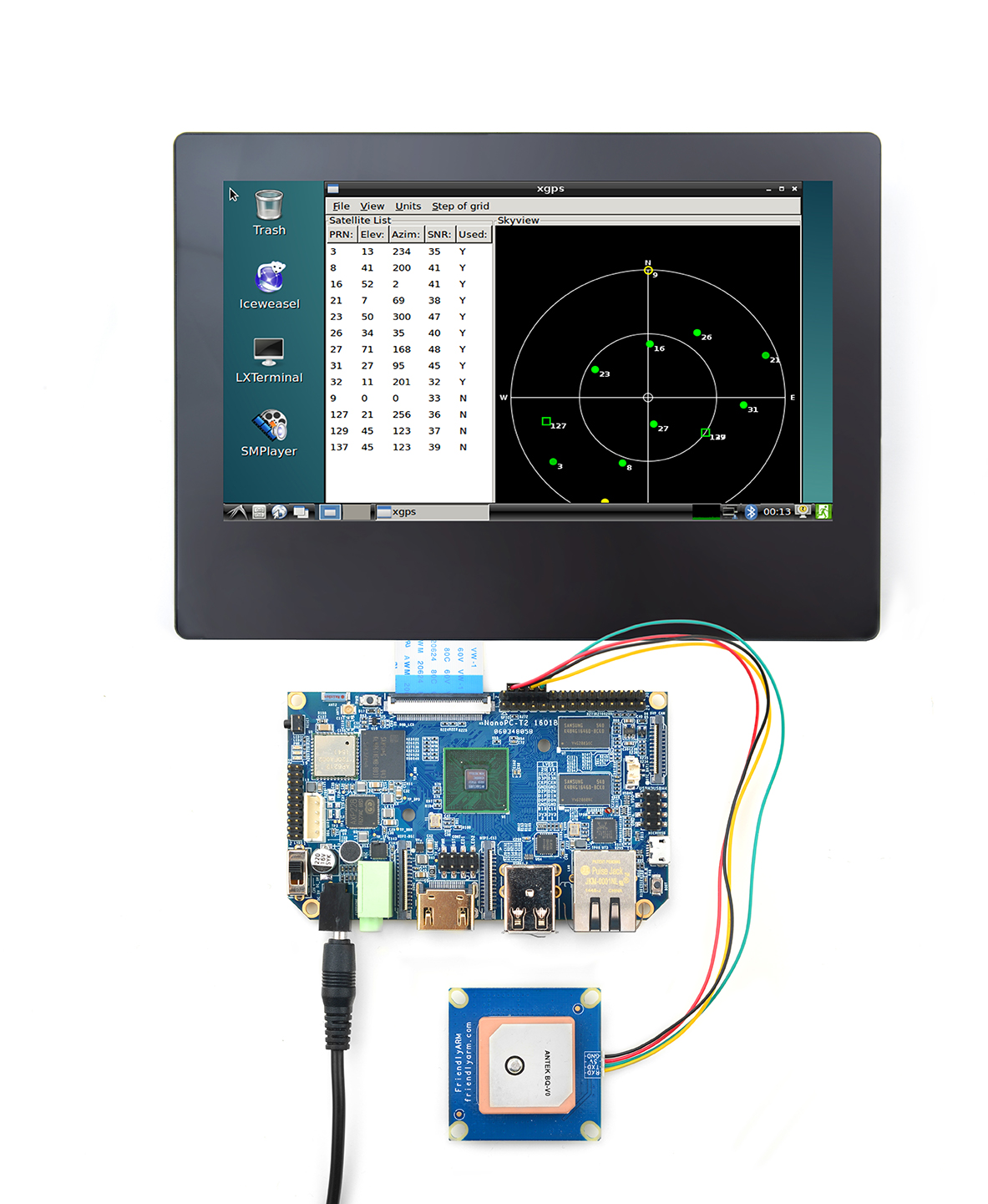
Connection Details:
| Matrix-GPS | NanoPC-T2 |
| RXD | Pin11 |
| TXD | Pin12 |
| 5V | Pin29 |
| GND | Pin30 |
4.5 Connect NanoPC-T2 to FriendlyARM LCD Modules
- Android
Here are the LCDs that are supported under Android:S430, S700/S701, S702, HD700, HD702, HD101 and X710 all of which are LCDs with capacitive touch.
- Debian
Here are the LCDs that are supported under Debian:S430, S700/S701, S702, HD700, HD702, HD101 and X710 all of which are LCDs with capacitive touch;
W35B, H43, P43, S70D and Matrix 2.8" SPI Key TFT LCD all of which are LCDs with resistive touch
All these LCD's tech details can be obtained on our wiki site:LCDModules
5 Access Hardware under Android
FriendlyElec developed a library called “libfriendlyarm-hardware.so”, for android developer to access the hardware resources on the development board in their android apps, the library is based on Android NDK.
Accessible Modules:
- Serial Port
- PWM
- EEPROM
- ADC
- LED
- LCD 1602 (I2C)
- OLED (SPI)
Interfaces & Ports:
- GPIO
- Serial Port
- I2C
- SPI
Refer to the following url for details:
- Homepage: http://wiki.friendlyarm.com/wiki/index.php/Android_Hardware_Access
- Examples: https://github.com/friendlyarm/AndroidHardwareAccess
- Guide to API in Chinese: https://github.com/friendlyarm/AndroidHardwareAccess/blob/master/友善电子Android硬件开发指南.pdf
6 More OS Support
6.1 OpenMediaVault
A very warm hearted member: Volker Theile from openmediavault got OMV3 running on our NanoPC-T2. Here is a reference link:
Here is a how-to link: http://forum.openmediavault.org/index.php/Thread/15882-Install-OMV3-on-FriendlyArm-NanoPC-T2-4418/
7 Source Code and Image Files Download Links
8 Resources
- 《创客秘籍》Hacker's Book in Chinese by FriendlyARM
- 《创客秘籍-02》Hacker's Book-02 in Chinese by FriendlyARM
- 《创客秘籍-03》Hacker's Book-03 in Chinese by FriendlyARM
- SEC_Users_Manual_S5P4418_Users_Manual_Preliminary[4]
- AXP228_Users_Manual AXP228_V1.1_20130106
- eMMC eMMC5.0_1xnm_based_e_MMC
- Schematic(NanoPC-T2_1601B_Schematic.pdf)
- PCB Dimension(NanoPC-T2-Dimensions(dxf))
- Component-Position-Diagram([5])
- Matrix Modules & Wiki Sites:
- Button
- LED
- A/D Converter
- Relay
- 3-Axis Digital Accelerometer
- 3-Axis Digital Compass
- Temperature Sensor
- Temperature & Humidity Sensor
- Buzzer
- Joystick
- I2C(PCF8574)+LCD1602
- Sound Sensor
- Ultrasonic Ranger
- GPS
- Matrix - Compact Kit
- Fire Sensor
- CAM500A Camera
- BAll Rolling Switch
- 2'8 SPI Key TFT 2.8" SPI LCD
- IR Counter
- IR Receiver
- L298N Motor Driver
- MQ-2 Gas Sensor
- MQ-3 Gas Sensor
- One_Touch_Sensor
- _Photoresistor
- _Potentiometer
- Pressure & Temperature Sensor
- RGB LED
- RTC
- Rotary Encoder
- Soil Moisture Sensor
- Thermistor
- USB WiFi
- Water Sensor
9 Tech Support
If you have any further questions please visit our forum[6] and post a message or email us at techsupport@friendlyarm.com. We will endeavor to get back to you as soon as possible.
